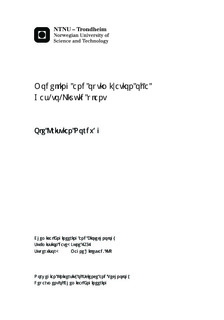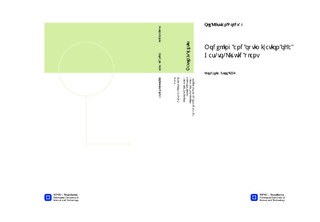| dc.description.abstract | In the last years there have been much research and development regarding gas-to-liquid plants. The fuel demands are growing bigger, and fuels from oil and coal cannot cover the demands in the future. Converting natural gas to liquid fuels is a good way to fill the gap between supply and demand. The fuels from natural gas are cleaner than from oil and coal, because they contain less sulfur and aromatics.
In this thesis a gas to liquid plant using Fischer-Tropsch synthesis was investigated. The main focus was the hydrotreater. In the hydrotreater cracking and isomerization reactions took place. Aspen?s simulation program HYSYS combined with Mathworks program MATLAB were used to solve the equations in the hydrotreater. After the simulation was done, an economic analysis of the whole plant was done using Microsoft Excel.
The optimal conditions for the hydrotreater were an inlet temperature and pressure of 335 °C and 25 bars. The H2/wax ratio was 0.14 and the minimum reactor volume 33 m3. Recycling the light ends was found to be more profitable and carbon efficient than purging them.
The project seemed to be beneficial and the net present value was about 3.8 billion dollars over a 20 years horizon and 9% discount rate. The internal rate of return became 52%, and the return on investment 53%. | |

